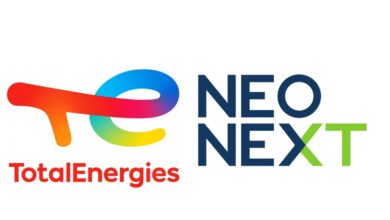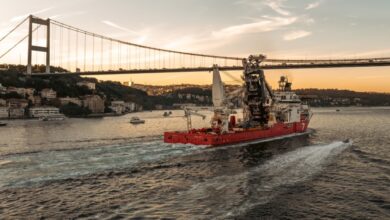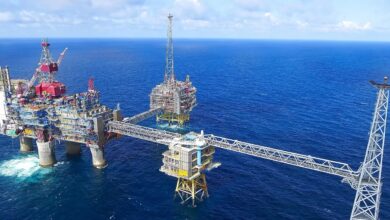Energy insurance market defined by uncertainty, geopolitical risks
Geopolitical events, regulatory pressures and net-zero ambitions have created a challenging insurance market for the oil and gas sector. With rising insurance premiums and a generally lower risk appetite from carriers, it will become harder for companies to obtain cost-efficient insurance coverage, said Matthew Begnaud, US Upstream Energy Leader at Marsh Specialty. In this video with DC from the 2022 IADC Annual General Meeting in New Orleans, La., on 3 November, Mr Begnaud looks at the state of the energy insurance market, including an examination of how the market has responded to sanctions against Russia. Mr Begnaud also discusses why cybersecurity risk could pose a particular challenge to the energy insurance market in the near-term future.




